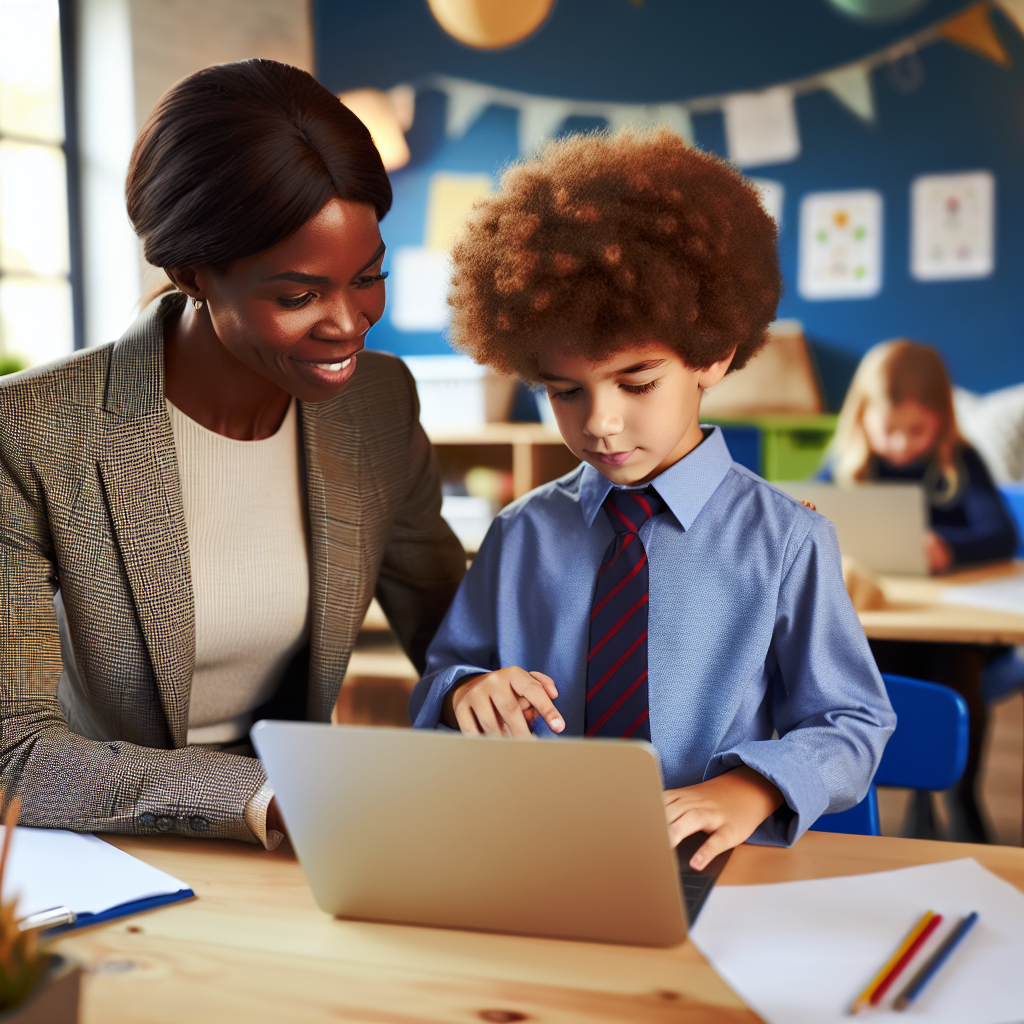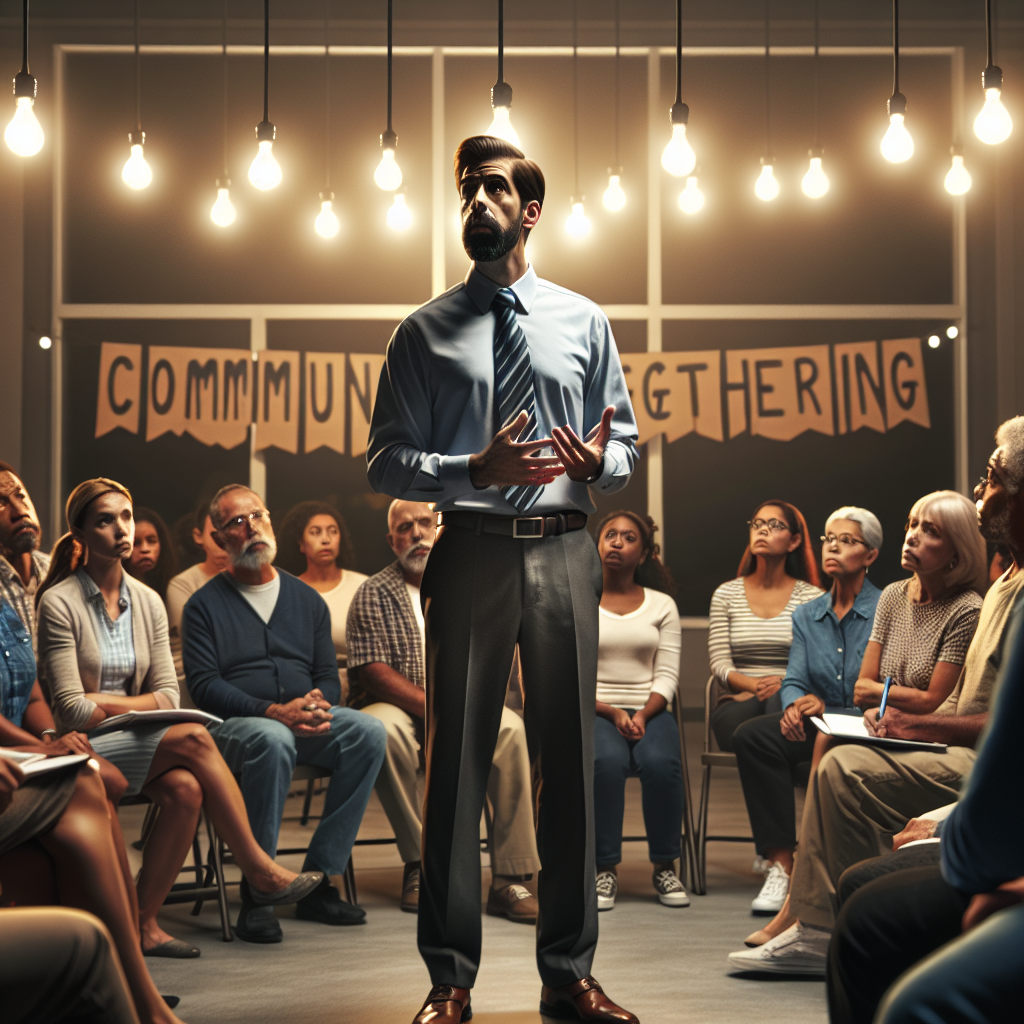
When I embarked on this journey as a traveller first and journalist second, my map was not geographical but social – charting changes in policies that impact our lives. It led me to confront an educational juggernaut facing us all: a sweeping shift in national policy.
In essence, this new directive overhauls traditional pedagogical methods, pushing for digital literacy and technology integration across all grades.My position: it’s an ambitious step forward amidst uncertainty.
To understand why I feel so strongly about this let’s delve into evidence supporting these changes. Research by Stanford Graduate School of Education indicates integrated tech learning can enhance student understanding. Furthermore, UNESCO advocates that digital literacy is critical for information access today.

Critics worry about widening socio-economic divides or students’ increased screen time. These are valid counterarguments, each requiring careful mitigation strategies within robust governmental frameworks.
I recently experienced how such transformative policies get implemented ‘on ground’. In California’s Palo Alto District where laptops have been introduced at elementary level—an initiative both lauded yet scrutinized—I found multiple narratives unfolding:
[Image Prompt 1: An elementary school teacher assisting her student during laptop-based activity]From talking to teachers like Ms Martinez who believes ‘It’s changing the game’, noting improved engagement levels during her math classes; to parents voicing concerns over loss of handwriting skills—these are the real-world examples that shape this dialogue.
Historically, we can find parallels in how such policies evolved. The printing press revolution spread literacy in the 15th century; compulsory education laws of the late 19th century shifted paradigms for children’s rights worldwide.This shift stands just as pivotal today.
In this journey I’ve shared my observations because I have been there with them. It’s not easy to merge traditional methodologies with a future-ready curriculum without friction. Yet, incredible work is being done every single day by dedicated educators and students alike; braving this transformative tide.
Taking cue from this story – what might be our call to action? Perhaps an effort towards empathetic understanding – realising policymakers, teachers, parents all want what’s best for their children and need to work together in shaping this transition smoothly.
Vision for Future
[Image Prompt 3: A futuristic classroom filled with interactive holographic screens]The blended learning model becomes ubiquitous: facilitated by AI tutors while human mentors provide emotional guidance—an equilibrium between tech-based learning efficiency and softer skill development.
Alluding Alexander Pope’s words—’Change is the only constant’, we might look upon these challenging times as a necessary steppingstone towards something greater. For now,this transformation forms part of continued monitoring, unfolding as schools adapt and evolve, sculpting an exciting narrative for modern education.
